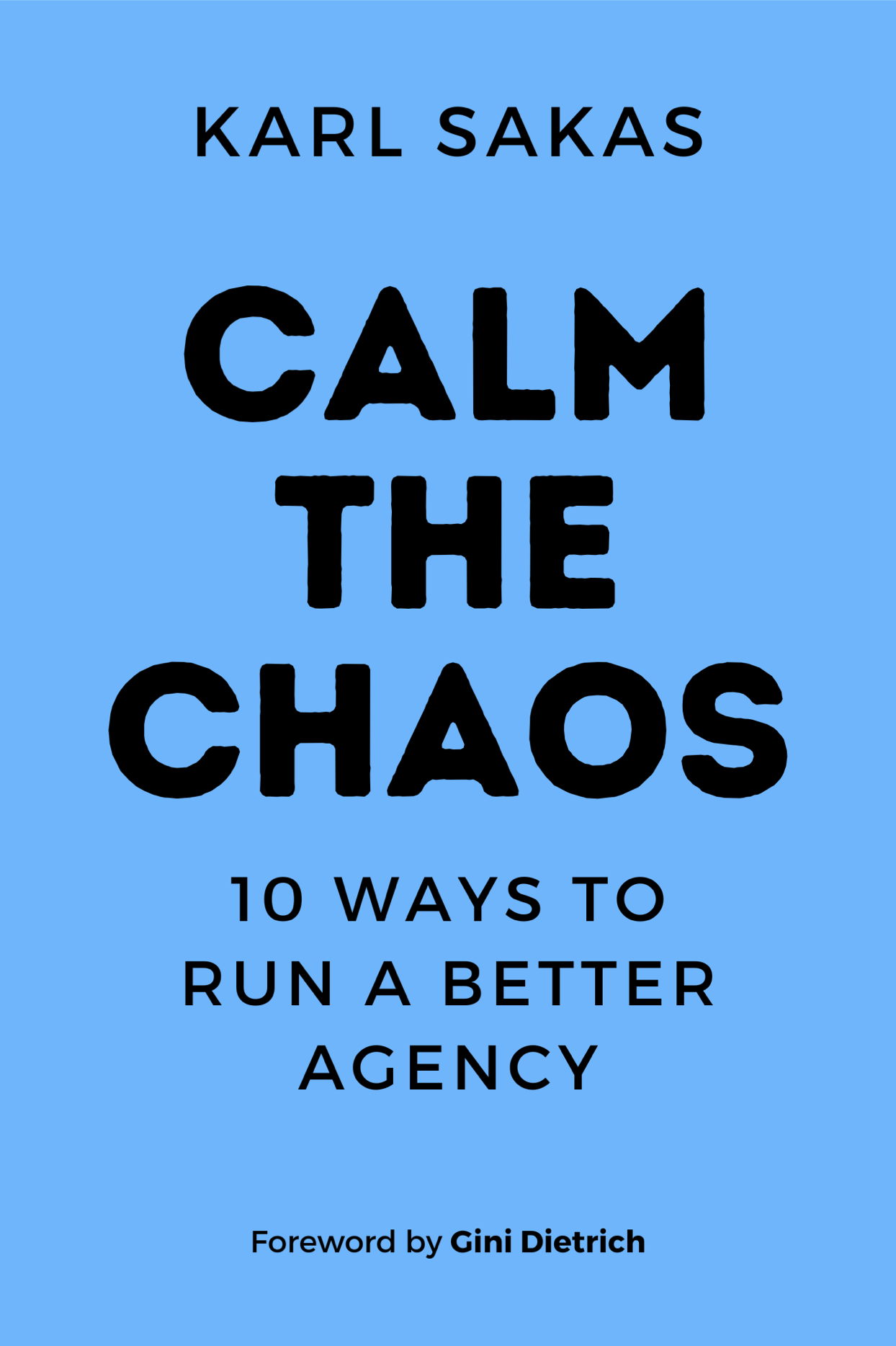Risk. It’s a 4-letter word that makes most established agencies nervous. Yet it’s a crucial element to running a successful agency.
Regardless of what your agency’s goals are, they require something at your agency to grow or to improve. But improvement means something needs to change, and change doesn’t happen without risk.
How Risk Almost Ruined (But Ultimately Saved) A Digital Agency
At the Digital PM Summit in Austin, I shared the story of how being bold paid off for inventor Thomas Edison. Today I want to share the story of how it impacted a digital marketing agency.
The agency owner landed a HUGE client—but in order to win the project, he had to include several services his agency didn’t yet offer, including content marketing. His plan was to hire out those particular skills to subcontractors, who he’d then oversee.
In retrospect, I’m sure he’d realize that doing such an huge project with an untested team member was probably a pretty risky idea, but in this case he decided to go for it.
“Kevin” was a brilliant content marketer… and a highly toxic coworker.
During my call with my client, he shared his favorite Kevin moment. It came during a conference call with the whole team, when my client’s second in charge asked Kevin to explain a recent content decision.
Kevin lost it. Kevin berated him and his team for being marketers who didn’t understand content marketing, and he said, “Working with you is like teaching algebra to kindergartners.” And then he hung up on them.
So my client decided to take another big risk. He fired Kevin, even though he thought he was dependent on him to finish the project.
And what do you know? The project got better IMMEDIATELY.
How to Be Bold While Minimizing Risk
Whether it’s hiring someone new, using a new system, taking on a project in an area or of a size your team hasn’t before, or something else entirely, learning to be bold while minimizing overall business risk is essential to growing an agency.
1. Start with a Plan
When trying something new, it’s helpful to start with a plan in place for how you’ll implement the change and how you’ll evaluate whether or not it’s working.
In the example above with Kevin, my client decided to be bold by taking on a project outside of his agency’s current experience, so he created a plan to learn how to manage the project—that is, he planned to hire someone to teach him what to do.
And he did. But when it didn’t work out, he recognized that and wasn’t afraid to cut his losses and try something else. He fired Kevin and figured out how to handle the project without him (in this case, by working with someone slightly less skilled, but who could handle the task without insulting everyone involved).
2. Start Small — But Choose Opportunities With Growth Potential
While taking on a large project that included pieces his agency had never done before was a risk for my client, it was a relatively small one. Sure, bombing such a big project would have been bad. And it might have damaged his chances of working with that particular client again.
But in the worst case scenario, his agency would survive. The project might go over deadline, over budget, or both, but it was one project of many that he was working on and while the income from the project would provide a serious boost to his profits, the agency would still be financially stable without it.
For that reason, it was a good risk to take—the benefits of potentially adding a large new client to his client list and being able to say he’d worked on a project of that scale dramatically outweighed the potential pitfalls.
3. After Taking a Risk, Review It for Lessons Learned
I’ve talked before about the importance of performing project debriefs once you’ve finished a project. While it’s a best practice to do this after every project, it’s particularly important to do after a project where you choose to “Be Bold!”
In addition to asking the 3 debrief (“post-mortem”) questions—what worked, what didn’t work, and what should we do differently next time—about the project or process you decided to take on, you should also review those questions in relation to how you decided what action to take.
For example, while my client did a post-project debrief looking at how he could better work with big clients who needed projects outside of his usual services, he should also have reviewed his process for deciding to take on that project.
What worked? The project was a success, so taking the risk ultimately paid off. And it was OK to work with someone less skilled in exchange for knowing how they fit as part of the team.
What didn’t work? Trying out a new team member on a large project where he and his team were less familiar with the type of work the subcontractor would be doing—which made it hard to notice problems with the project before they became big problems, and made it feel like they had no choice but to tolerate his unpleasant personality.
What should they do differently next time? Only take on the project if they have a proven subcontractor in mind OR they have a few subcontractors who might be able to help with the project, just in case the first one doesn’t work out.
Want more great content just like this? Sign up for our newsletter.


